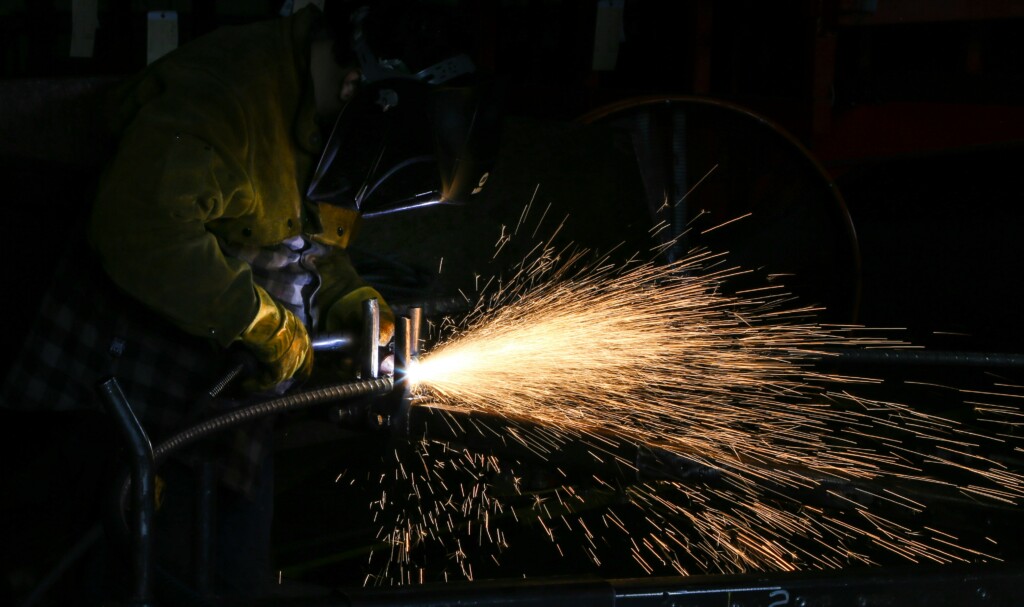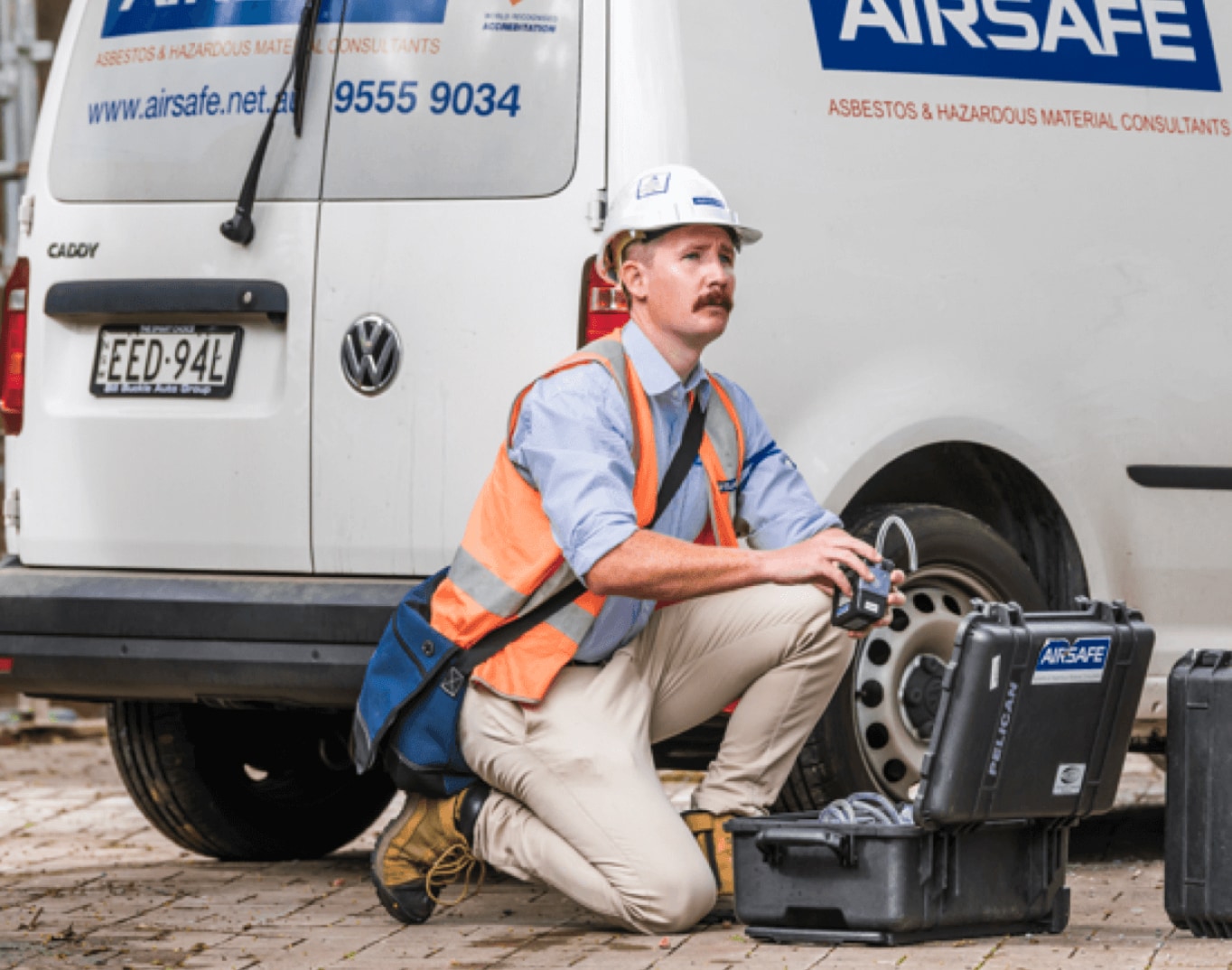Welding is an activity that’s of vast importance to our construction and manufacturing industries. It’s also one of the riskiest activities that human beings undertake in their work. The hazards associated with welding run the gamut from long-term exposure to heat and noise to serious one-off incidents like burns and explosions.
Some of the most insidious risks from welding come from long-term exposure to fumes, as well as exposure to ultraviolet (UV) radiation during electric arc welding.
Both forms of exposure have both been shown to potentially cause cancer. This has led SafeWork Australia lower the workplace exposure standard for welding fumes.
Welding fumes and cancer
In 2017, the International Agency for Research on Cancer (IARC) re-classified welding fumes as a Group 1 carcinogen, meaning that there is sufficient evidence to show they are carcinogenic to humans. Previously, they had been classified as Group 2B, meaning ‘possibly carcinogenic to humans’.
The IARC’s reclassification came from a review of a number of studies showing that welders had an abnormally high rate of lung cancer, which could not be attributed to other hazards like smoking or asbestos exposure.
At the same time, the IARC also classified UV radiation generated by electric arc welding as a Group 1 carcinogen, as it has been shown to cause ocular melanoma.

Change to welding fumes exposure standard
In response to the growing evidence of the carcinogenic nature of welding fumes, SafeWork Australia has reduced the workplace exposure standard for welding fumes (not otherwise classified) from 5 mg/m3 to 1 mg/m3 as an eight-hour time weighted average. This means that the welding fumes a worker can be exposed to must not exceed 1 mg/m3 when averaged over what is considered a typical working day.
This change in exposure standard came into force in NSW on 18 January 2024.
It’s important to note that this is the exposure standard for welding fumes in total. Individual substances that welding fumes contain also have their own standards listed in the Workplace exposure standards for airborne contaminants – all of which also need to be met.
The type of airborne contaminants generated by welding depend on the specific type of welding and the materials used, but some common substances known or suspected to carry cancer risks include beryllium, cadmium oxides, hexavalent chromium and nickel.
Your responsibilities
If you’re in charge of a workplace, you have a legal responsibility to ensure your workers are not exposed to welding fumes exceeding the standards, whether for total welding fumes or individual components.
How Airsafe can help
Identifying, evaluating and controlling the hazards associated with welding fumes is a complex process, and difficult to do without expert help. Airsafe’s occupational hygiene team can help you navigate the process and help you ensure that you’re complying with the law and your people are protected from potentially lethal health risks.
Whether your welding activities are new, or you have existing risks assessments and controls that need to be reviewed, Airsafe can help. Our expert technicians can also conduct air monitoring to determine whether your welding processes comply with the exposure standards.
For any questions about welding fumes, contact Airsafe on 1300 888 338.



